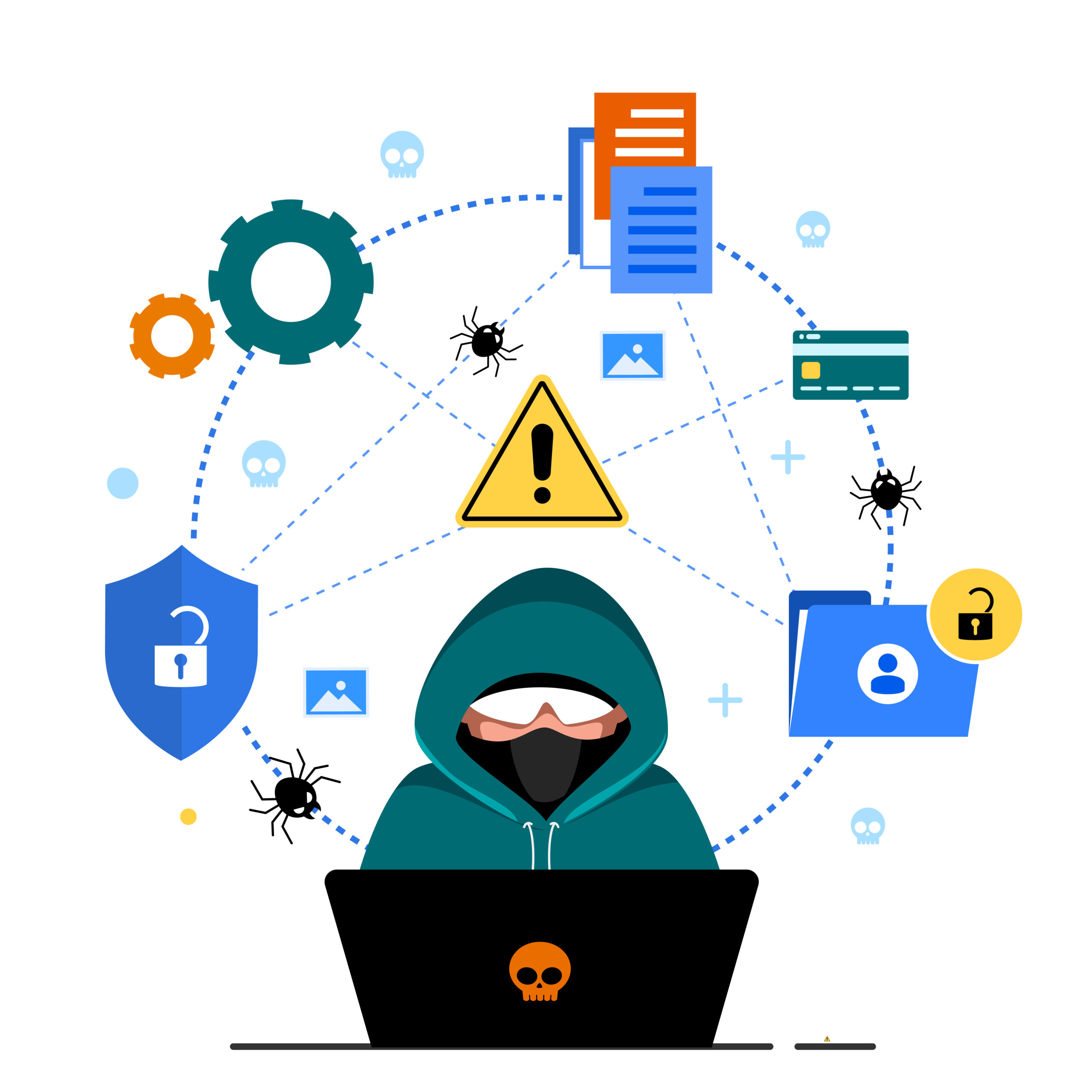
1. Validate user input: Ensure that all user input is validated and sanitized to prevent SQL injection, cross-site scripting (XSS), and other attacks.
2. Use secure protocols: Use secure communication protocols like HTTPS and TLS to encrypt data in transit.
3. Implement authentication and authorization: Implement robust authentication and authorization mechanisms to ensure that only authorized users can access sensitive data.
4. Use secure password storage: Use secure password storage mechanisms like bcrypt, Argon2, or PBKDF2 to protect user passwords.
5. Keep software up-to-date: Keep all software and dependencies up-to-date with the latest security patches.
6. Use secure coding practices: Follow secure coding practices like code reviews, pair programming, and static analysis to identify and fix security vulnerabilities.
7. Use encryption: Use encryption to protect sensitive data both in transit and at rest.
8. Implement logging and monitoring: Implement logging and monitoring mechanisms to detect and respond to security incidents.
9. Use secure coding frameworks and libraries: Use secure coding frameworks and libraries that provide built-in security features and protections.
10. Conduct regular security testing: Conduct regular security testing, including penetration testing and vulnerability assessments, to identify and fix security vulnerabilities.
11. Implement secure error handling: Implement secure error handling mechanisms to prevent information disclosure and ensure that error messages do not reveal sensitive information.
12. Use secure session management: Use secure session management mechanisms to prevent session fixation and session hijacking attacks.
13. Implement secure file uploads: Implement secure file uploads mechanisms to prevent malicious file uploads and ensure that uploaded files are validated and sanitized.
14. Use secure coding standards: Follow secure coding standards like OWASP Secure Coding Practices to ensure that code is secure and follows best practices.
15. Implement secure database interactions: Implement secure database interactions mechanisms to prevent SQL injection attacks and ensure that database queries are parameterized.
16. Use secure communication protocols: Use secure communication protocols like SFTP, SCP, or HTTPS to transfer sensitive data.
17. Implement secure storage: Implement secure storage mechanisms to protect sensitive data at rest.
18. Use secure random number generation: Use secure random number generation mechanisms to generate cryptographically secure random numbers.
19. Implement secure configuration: Implement secure configuration mechanisms to ensure that sensitive configuration data is protected.
20. Conduct regular security audits: Conduct regular security audits to identify and fix security vulnerabilities and ensure that security best practices are followed.
By following these best practices for secure coding, developers can significantly reduce the risk of security vulnerabilities and protect sensitive data.
Additional best practices:
21. Use code analysis tools: Use code analysis tools to identify potential security vulnerabilities and ensure that code is secure.
22. Implement secure coding training: Provide secure coding training to developers to ensure that they understand security best practices and can write secure code.
23. Use secure coding guidelines: Follow secure coding guidelines like OWASP Secure Coding Practices to ensure that code is secure and follows best practices.
24. Implement secure coding reviews: Conduct regular secure coding reviews to ensure that code is secure and follows best practices.
25. Use secure coding frameworks: Use secure coding frameworks that provide built-in security features and protections.
By following these additional best practices, developers can further ensure that their code is secure and protected against potential security vulnerabilities.
Some popular secure coding resources include:
– OWASP Secure Coding Practices
– SANS Institute Secure Coding Practices
– CERT Secure Coding Standards
– Microsoft Secure Coding Guidelines
These resources provide guidelines and best practices for secure coding and can help developers write more secure code. We however have professionals who can help out.
Reach out to us now Via:
🌐 www.timestweb.net ; www.timestweb.com
📧 start@timestweb.net
📞 – +234 813 587 7642; +234 915 745 2665
Also, if you need to create/revamp a website, we’ll be happy to help out.




